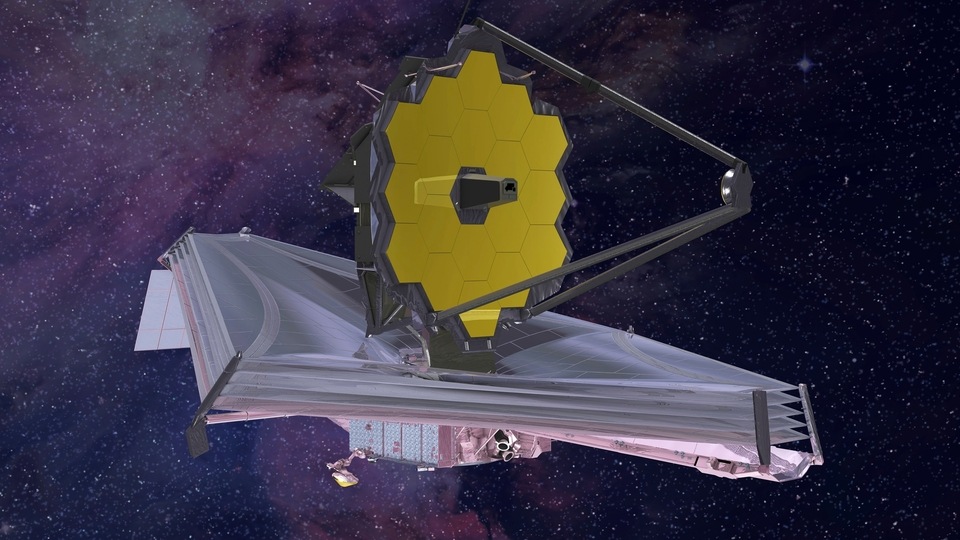NASA: James Webb Space Telescope AT RISK! Will it survive Halley’s Comet?
NASA’s newest and most expensive telescope ever, the James Webb Space Telescope is at risk of getting damaged by the trail left behind by Halley’s Comet, according to NASA. So, the question arises that will the world’s most expensive telescope be able to withstand this? Read on to find out more.
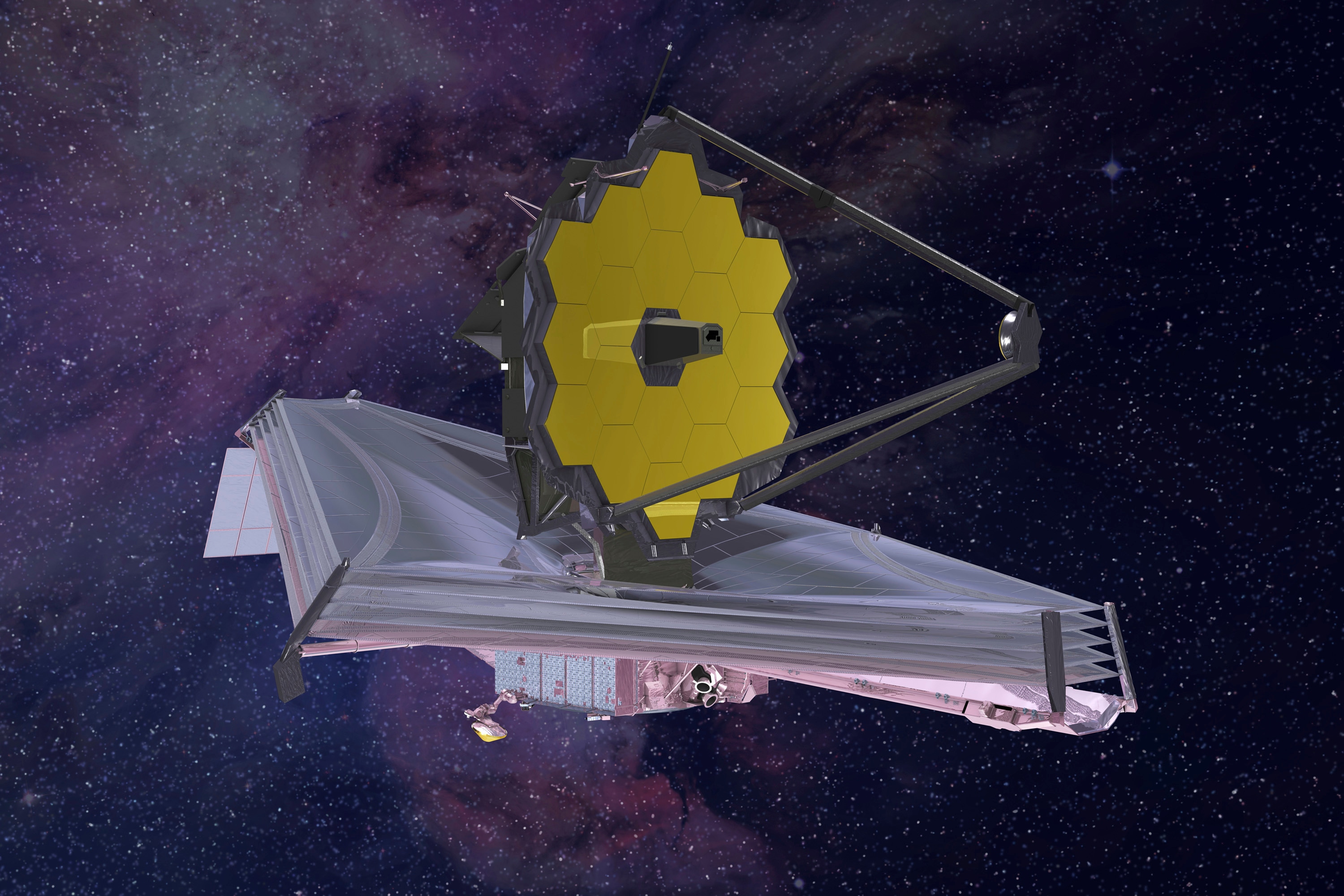
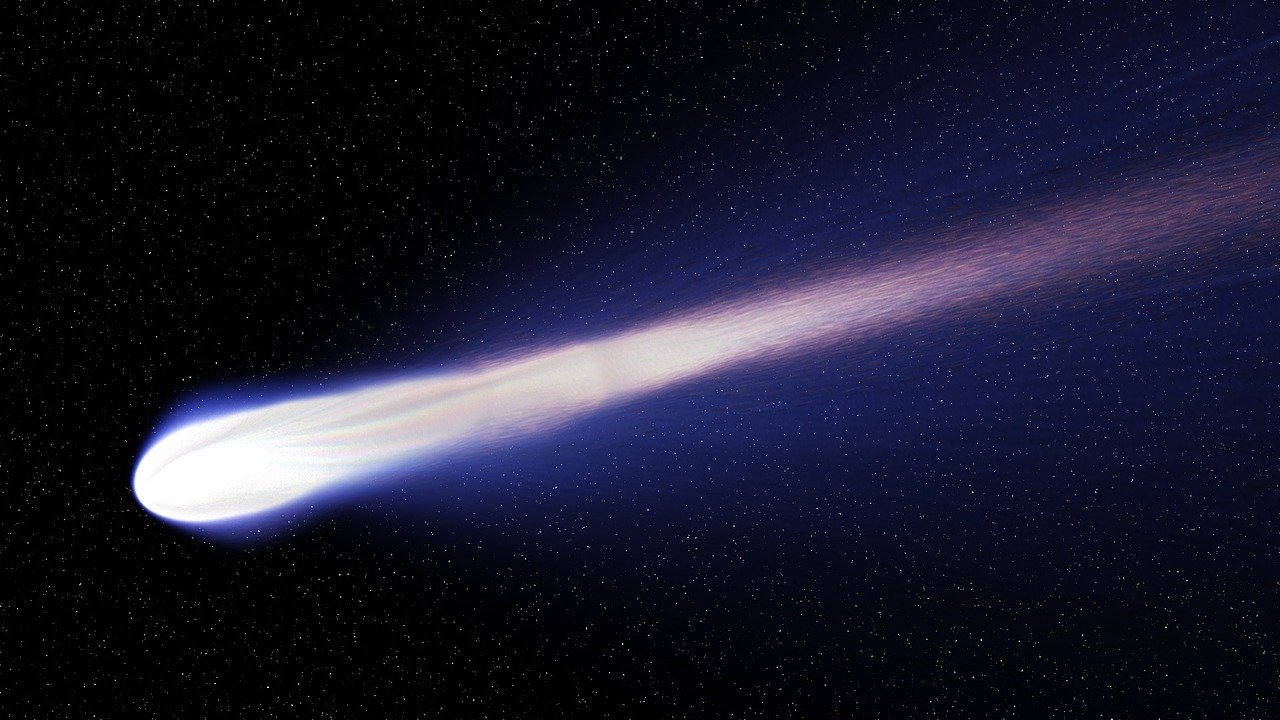
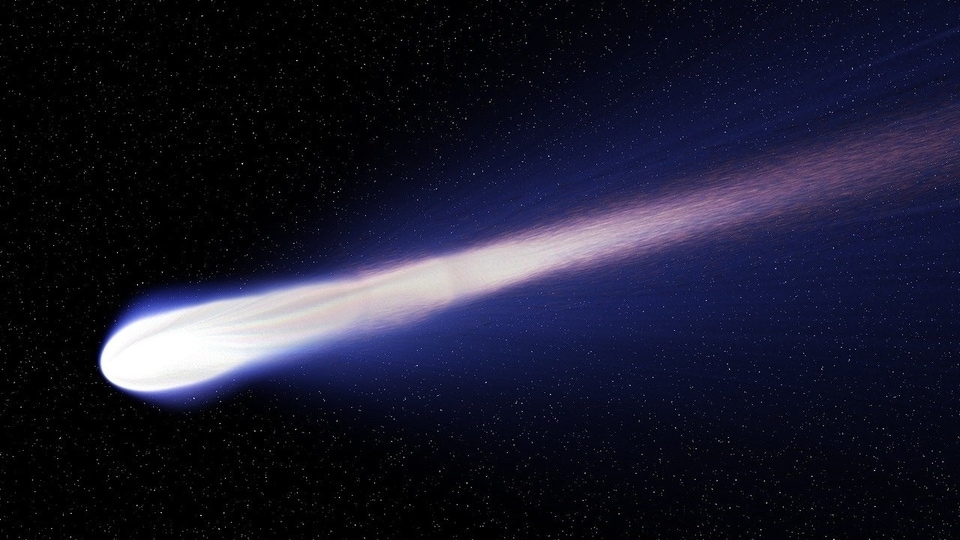
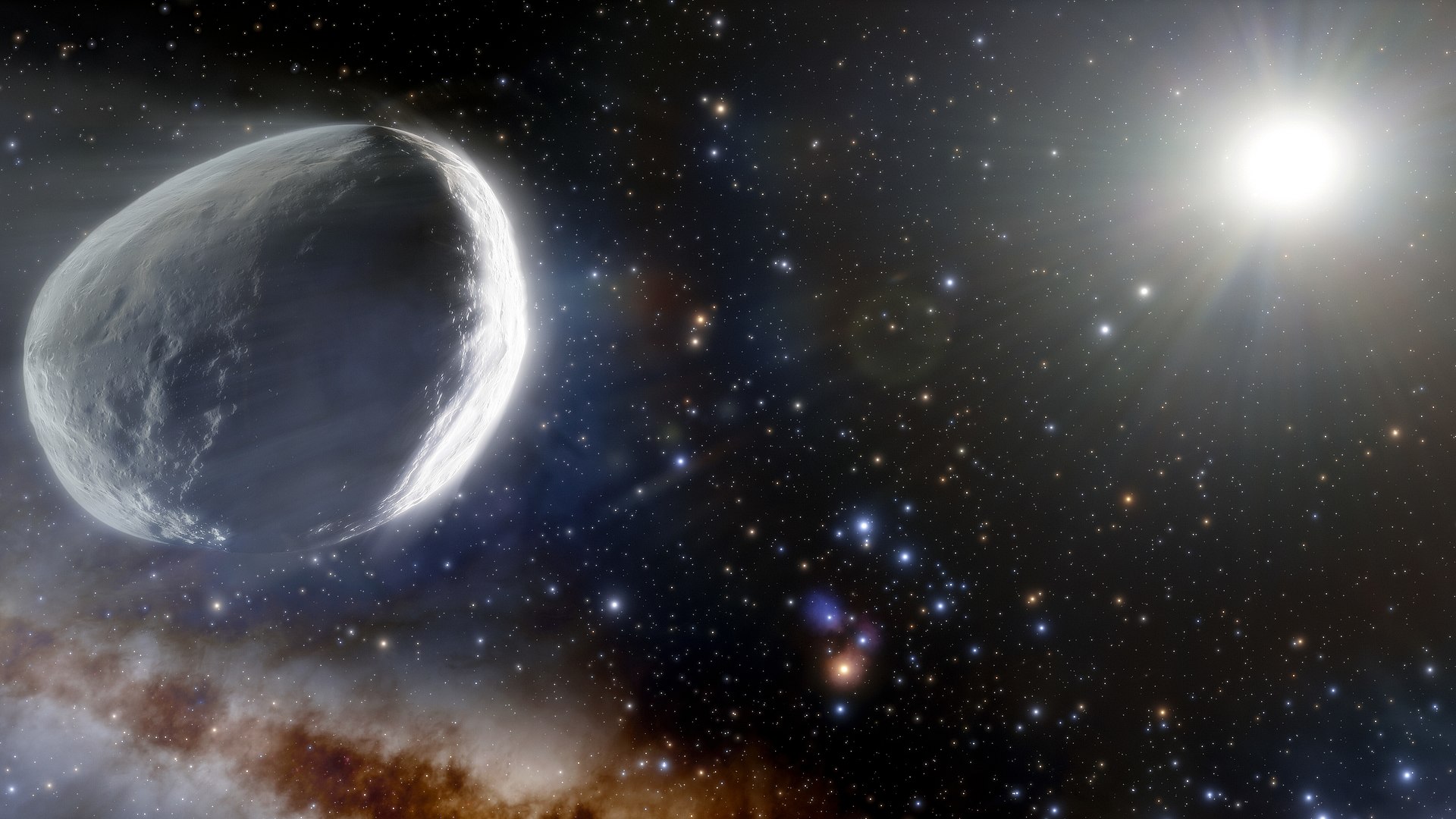
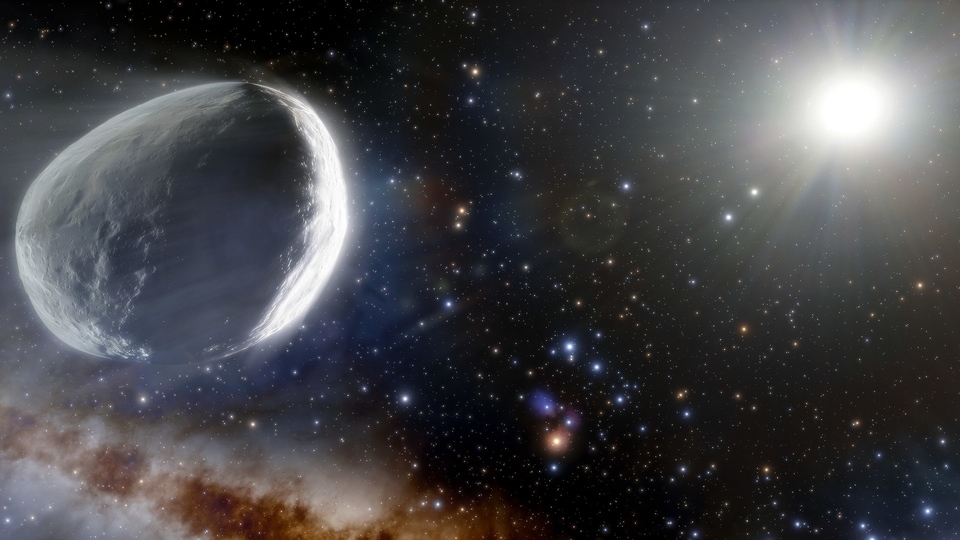
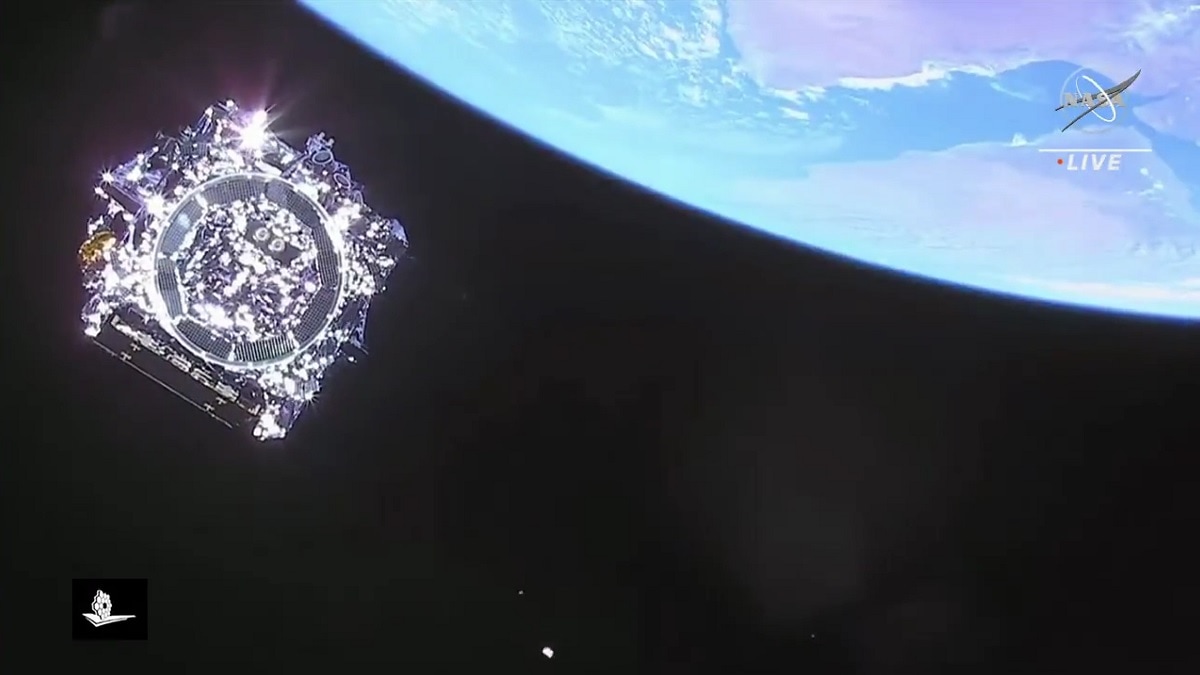
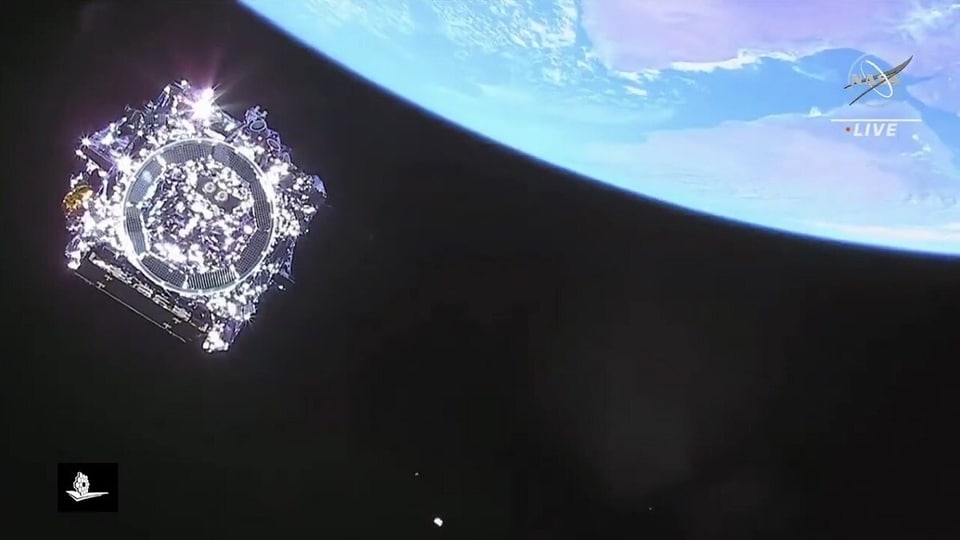
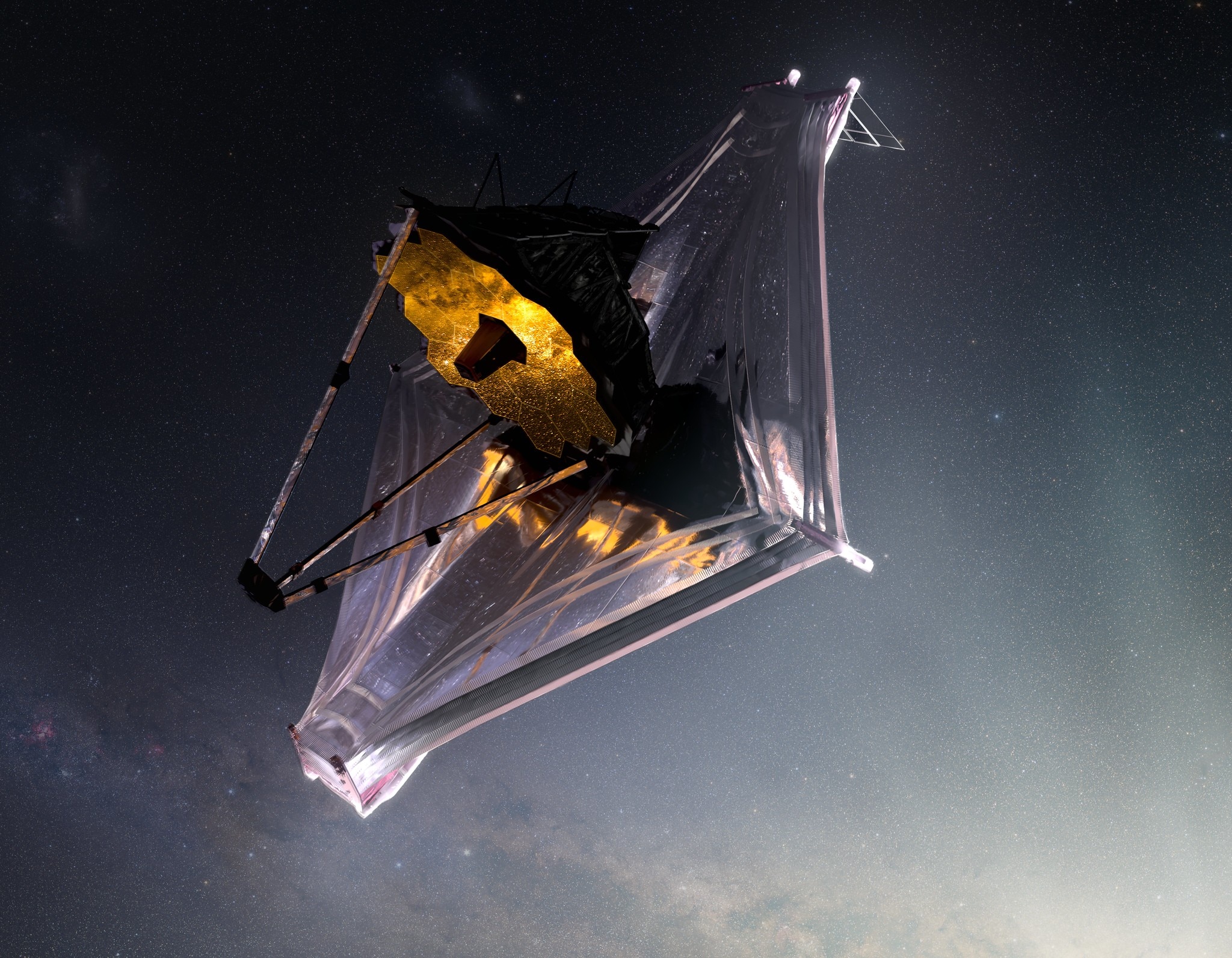
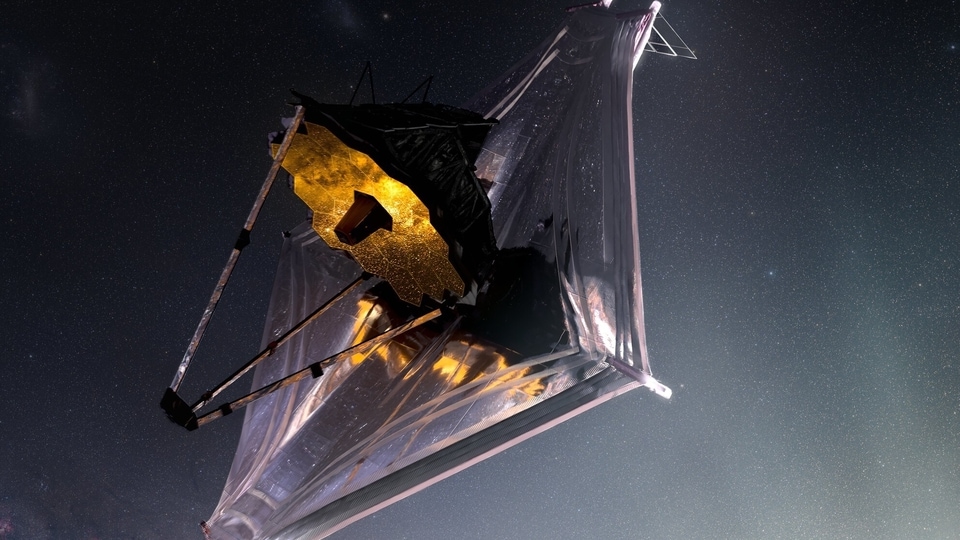
First Published Date: 01 Aug, 16:54 IST
NEXT ARTICLE BEGINS


